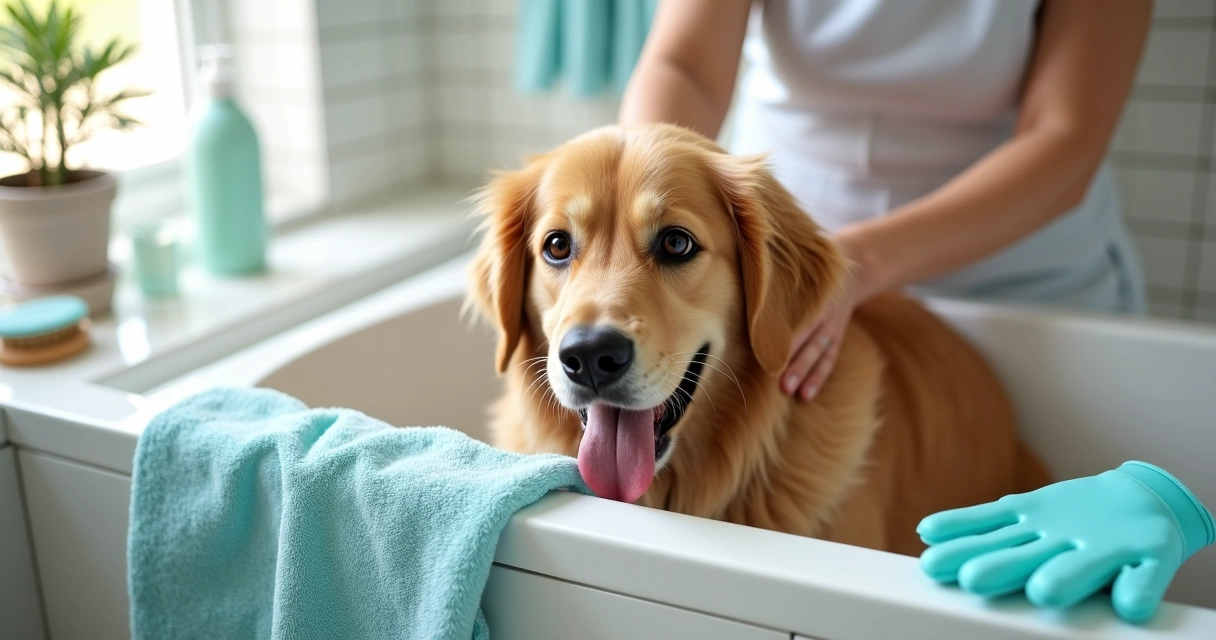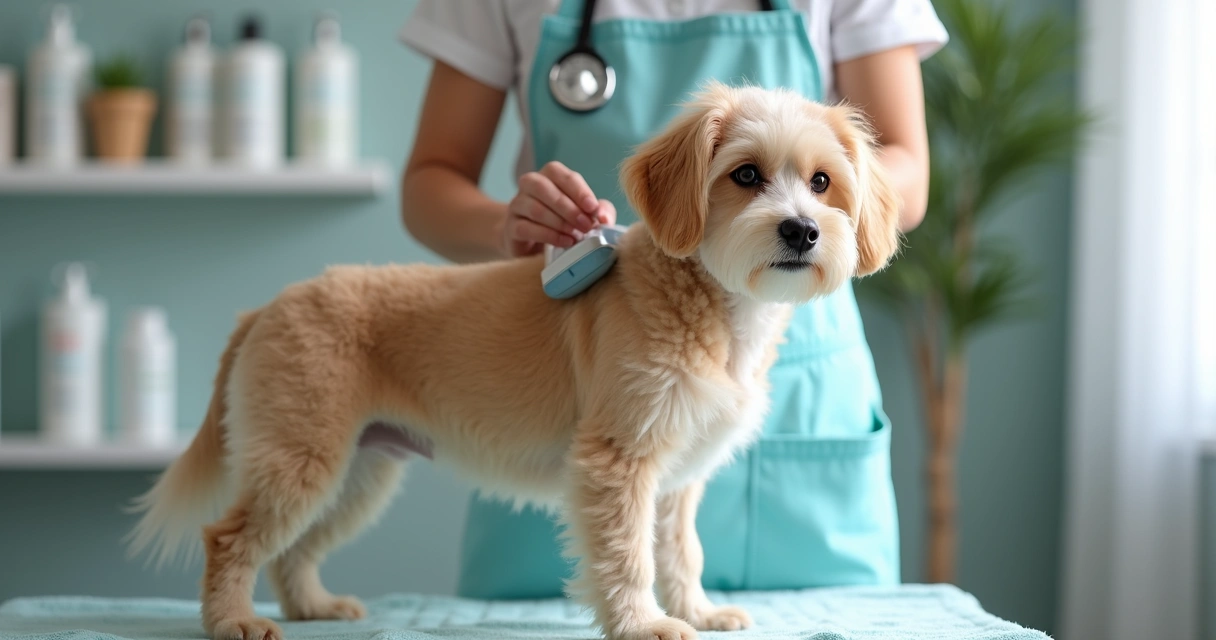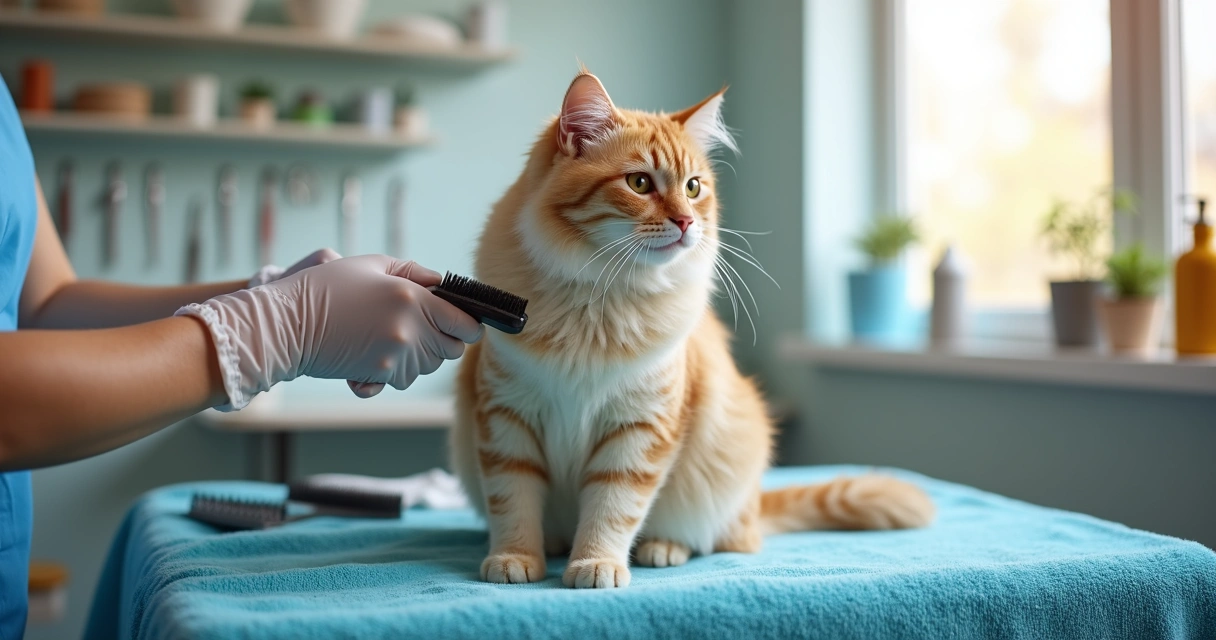I have owned dogs and cats for years, and one thing I have learned: pet shedding is part of life and love. But sometimes it feels like no matter what I do, my clothes, my couch, and even my morning coffee all seem to have a little surprise fur garnish. At Dogtown in Gloucester, we know how challenging pet hair can be for families, so I want to share practical steps I use daily to manage fur between professional grooming sessions. If consistent effort pays off, the fur tumbleweeds won’t rule your home.
Why pets shed and how much is normal?
I always remind myself every breed is unique. As explained in research by the Veterinary Genetics Laboratory at UC Davis, dogs and cats shed according to unique genetics and coat types, with some breeds dropping lots of hair each day, and others hardly any. The weather, daylight, hormones, and health all play a part too. For instance, in spring and fall, even the lightest shedders might blow their coat and surprise me with more fur than usual.
What’s truly normal? Any sudden change in the amount or look of the hair—bald spots, red skin, or sores—might mean I should call my vet. But a steady, manageable layer of loose fur during normal brushing is part of the journey.
Daily and weekly routines that work
After years of trial and error, I created a repeatable, simple routine that cuts down on the stray hair. Here’s what actually works for me, and what science says helps too. The guidance from Texas A&M School of Veterinary Medicine & Biomedical Sciences lines up with my experience.
- Brushing removes loose hair before it hits the furniture.
- Bathing loosens dead hair and dirt, making regular brushing easier.
- A nutritious diet and regular hydration support healthy coats and skin.
The right way to brush
Brushing can quickly feel pointless without the right tool. I learned shoulder-length fur on my shepherd-mix needs a slicker brush, while my shorthair cat responds to a rubber grooming glove. Using the wrong brush never removes enough hair and can annoy my pets. I brush them 3–4 times a week for 5–10 minutes. That’s the ideal, according to studies from Texas A&M Veterinary Medicine. For heavy-shedding periods, like spring or fall, brushing daily—if only for a few minutes—makes a big difference.
If you have a longhaired breed, take time to gently work through tangles while brushing. For shorthaired pets, quick, gentle strokes in the direction of hair growth lift away dead fur and dander.
Gentle strokes, right tool, consistent routine—hair stays off the floor.
Bathing: frequency and techniques
I used to be unsure about how often to bathe pets. Overbathing strips the skin of natural oils, but too little leads to fur everywhere. The best advice I’ve found and follow is to bathe my pets weekly during high-shedding seasons, or 2–3 times a month during quieter times, using a mild, pet-safe shampoo. A bath releases hair that’s about to fall, makes skin healthier, and gives me a chance to spot any hidden issues like dry patches or fleas.

More than clean: Nutrition for skin and coat
After seeing so many diets over the years, I have noticed that shiny coats and calm skin always start with good nutrition. High-quality foods with enough omega-3 and omega-6 fatty acids help reduce excessive shedding. I add a dash of salmon oil (approved by my vet, of course) to food when fur looks dull. Clean, fresh water is also key. Skin dries out without it, and dry skin makes fur fall out faster.
Not all hair loss can be solved by grooming and diet. If I see warning signs—like patchy sheds, sore skin, or lots of scratching—I contact my veterinarian. Sometimes something else is going on, and it’s best to ask for help.
Tools that help you win the battle
I have tested countless brushes, combs, and gadgets in my time as a pet owner. Here are the basics that genuinely help:
- Slicker brush: Removes loose undercoat in both dogs and cats, especially for medium to long fur.
- Shedding blade: Best for dense, double-coated dogs during high-shed season.
- Rubber curry brush or grooming mitt: Perfect for short-haired breeds and sensitive pets. Also works for cats.
- Fine-tooth comb: Removes small tangles on ears and tails.
- Vacuum with pet attachment: Powerful for stubborn hair on furniture and rugs, not for use directly on pets but for a fur-free home.
I keep these handy and use them as part of my regular routine. The result? Fewer fur fluffs drifting across the floor. That matters, especially since research into dog characteristics and indoor allergens shows that a clean, managed coat means better air quality for the whole household.
Bath-time and aftercare tips
At Dogtown, our grooming specialists recommend some simple aftercare for best results. Towel-dry pets well after a bath and use a hairdryer set to cool or low (if your pet tolerates it). This step pulls even more loose fur out, making the next few days so much easier at home. If your pet has sensitive skin, always check that shampoos are unscented and formulated for animals, not humans.
If baths and brushing seem to fall behind, remember that Dogtown’s professional grooming and cat grooming services in Gloucester can help you hit the reset button.
What about shedding sprays or supplements?
I’m often asked if over-the-counter sprays and supplements cut down on fur. My view: they are not one-size-fits-all solutions. Some moisturizing sprays can help soothe dry skin between baths. But always check reviews, ingredients, and ask your veterinarian before trying new products. Supplements like omega-3s are helpful, but never a stand-in for proper diet and regular grooming.
When to seek help: Beyond normal shedding
If you see more fur than usual, trust your gut and check in with a vet.
Heavy, patchy, or sudden hair loss suggests a health issue. Allergies, fleas, thyroid conditions, or skin infections can all trigger shedding. At Dogtown, I always recommend a veterinary check-up if shedding comes with red skin, bald spots, excess licking, or lots of scratching. Our training specialists can also help if stress is a factor, since anxiety can sometimes make shedding worse.
Easy cleanup: Daily home habits
Even if you stick to the perfect brushing schedule, there will still be hair. I sweep and vacuum pet spaces every day. A damp rubber glove or slightly damp microfiber cloth quickly gathers fur off upholstery. Throws and washable slipcovers on my furniture become great shields against shedding—toss in the wash and fur’s gone.

Sometimes, routines are easier to keep with help. Busy schedules happen, and daycare or boarding at Dogtown let my pets come home brushed, exercised, and blissfully tired.
Conclusion: Less fur, more joy
Reducing shedding at home takes a bit of time, but it’s possible with small everyday habits and consistent care. Brushing, bathing, the right nutrition, and paying attention to your pet’s health are the real secrets. I have learned to embrace the occasional hair, knowing it means my pets are healthy and loved. If you’d like some helping hands or want to treat your pet to professional grooming, Dogtown’s team is ready to support both you and your pets for a cleaner, happier home. Reach out today to schedule a grooming or training assessment, and discover a fur-care routine that works for your whole family.
Frequently asked questions
How can I reduce shedding at home?
The most effective way to reduce shedding at home is to brush your pet regularly, bathe with a gentle pet-safe shampoo during shedding season, and provide a balanced diet high in omega fatty acids. Create a brushing schedule, add nutritional supplements if needed (with your vet’s guidance), and keep your home clean with daily sweeping and vacuuming.
What tools help with shedding control?
I recommend a slicker brush for medium or long fur, a rubber grooming mitt for short-haired breeds, a shedding blade for dense coats, and a fine-tooth comb for delicate areas. These tools lift loose hair before it lands on your floors and furniture. A vacuum with a pet-hair attachment is perfect for cleanup.
How often should I brush my pet?
The Texas A&M School of Veterinary Medicine & Biomedical Sciences suggests brushing pets 3–4 times per week for 5–10 minutes. During heavy shedding periods, daily brushing is ideal. It keeps shedding manageable and supports healthier skin and coat.
Are shedding sprays safe to use?
Shedding sprays can help moisturize your pet’s skin and reduce hair falling out, but not all pets react the same way. Always choose products designed for cats or dogs, read labels for ingredients, and consult your veterinarian before trying sprays, especially on sensitive-skinned pets.
What causes excessive shedding in pets?
Excessive shedding can result from seasonal changes, stress, poor nutrition, allergies, parasites, or underlying medical conditions such as thyroid disorders. If you see bald spots, irritated skin, or sudden changes, consult your veterinarian right away.





